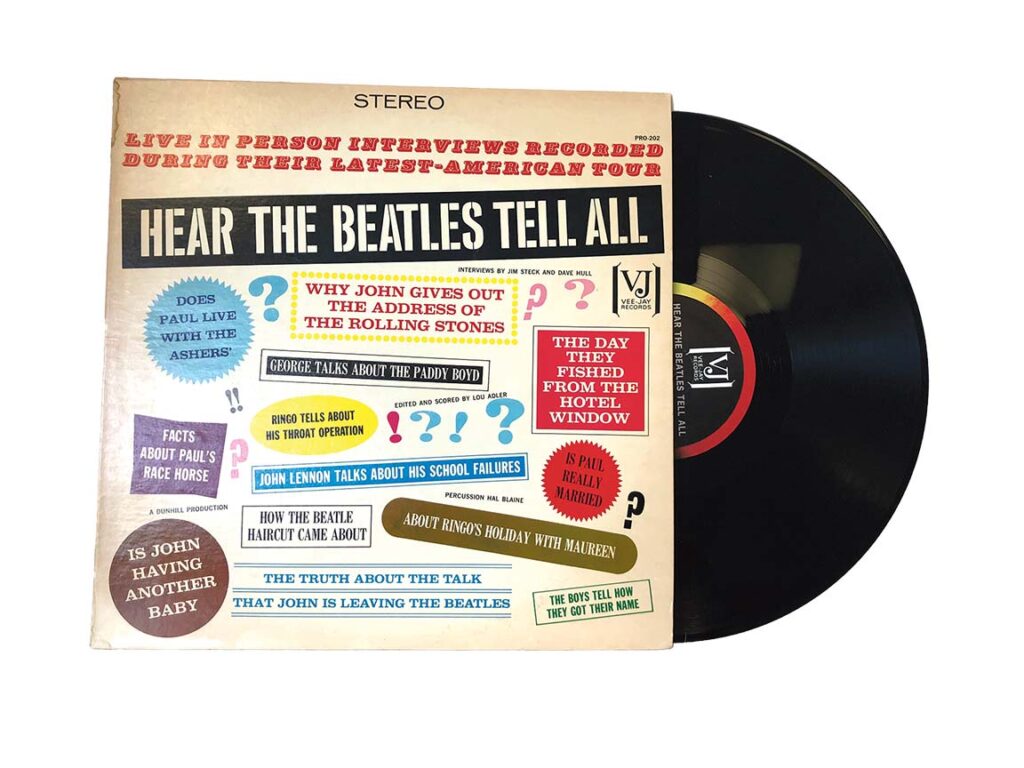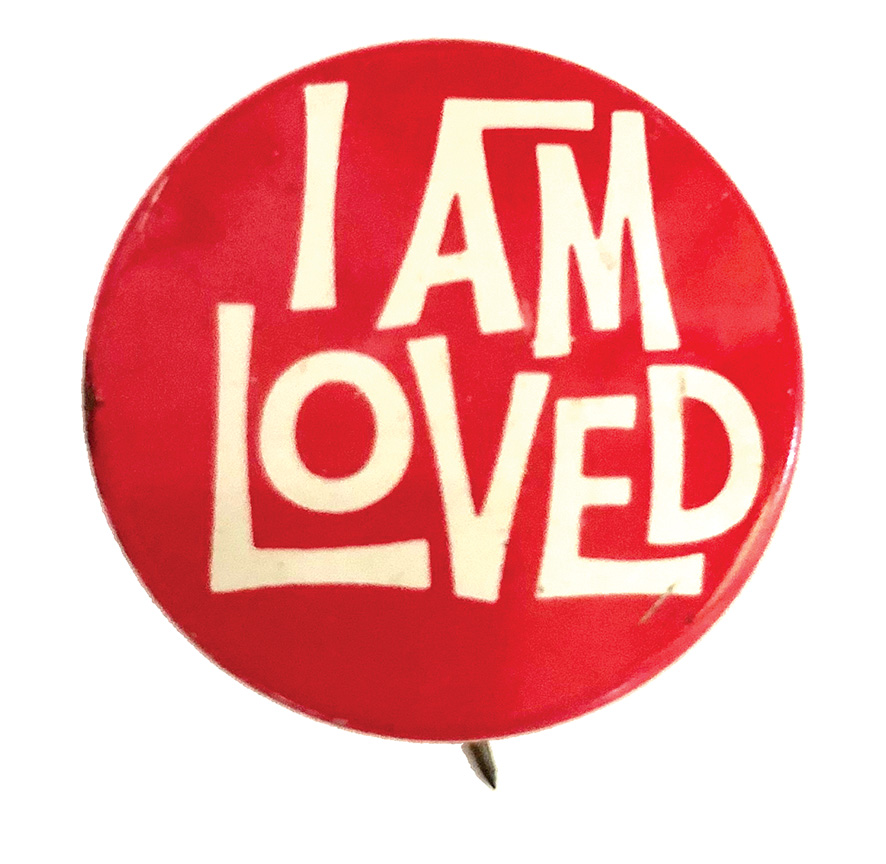
Dorri Partain
Contributor
Rock and Roll music’s “British Invasion” started off in a big way when The Beatles arrived in America to tour during the summer of 1964.
Any live appearance of the four members, John Lennon, Paul McCartney, George Harrison and Ringo Starr, was met with wild screaming from their mostly female fans, so the only way their music could clearly be heard was through recordings.
While Capitol Records had signed the recording contract for the band’s American releases, another small company, Vee-Jay Records of Chicago, had also edged into the rights to distribute Beatles recordings. By November 1964 Vee-Jay had released three albums featuring Beatles songs in various formats: “Songs, Pictures and Stories of the Beatles,” “The Beatles vs. The Four Seasons,” and “The Beatles and Frank Ifield Live on Stage.”
Originally recorded for KRLA 1100 AM in Los Angeles, “Hear The Beatles Tell All” was the final Vee-Jay release that featured the band. Jim Steck, the station’s newsman, interviewed Lennon on side one, while disc jockey Dave Hull interviewed all the band members on the other. In Steck’s interview, they discussed the name of the band, the haircuts, and Lennon’s school days.
Hull’s interview questions focus on who the band members are dating and other rumors highlighted on the album’s cover.
Hull’s interviews were recorded as the band was at the airport waiting to leave after their August 23, 1964, performance at the Hollywood Bowl. Their performance, sponsored by KRLA, included additional acts, including the Righteous Brothers and Jackie DeShannon. When tickets for the August show went on sale in April, all 18,700 tickets sold out in four hours with ticket prices ranging from $3 to $7.
While the record does not include any music recorded by the Beatles, the snippets of interviews are interspersed with percussion by studio musician Hal Blaine. One topic discussed but not featured on the cover was the band’s first feature film, “A Hard Day’s Night,” which was released on August 11.
The album was re-released in 1979 featuring the same cover art with type errors. “George Talks About the Paddy Boyd” should read “George Talks About Pattie Boyd,” who would later be his first wife. Additionally, the album was never released in Stereo as listed on the front cover.



















